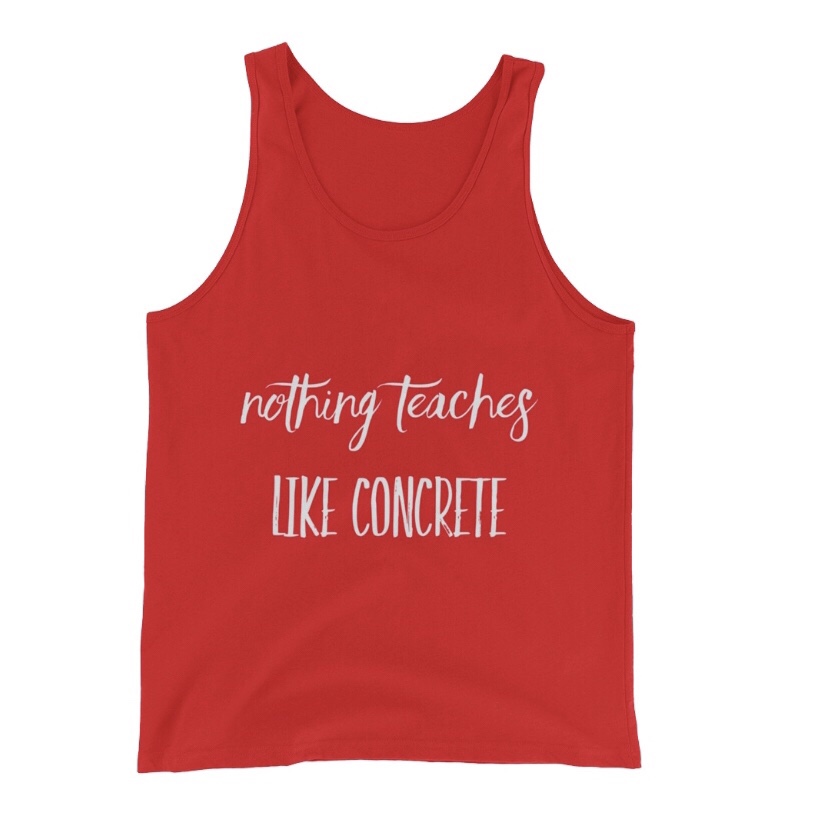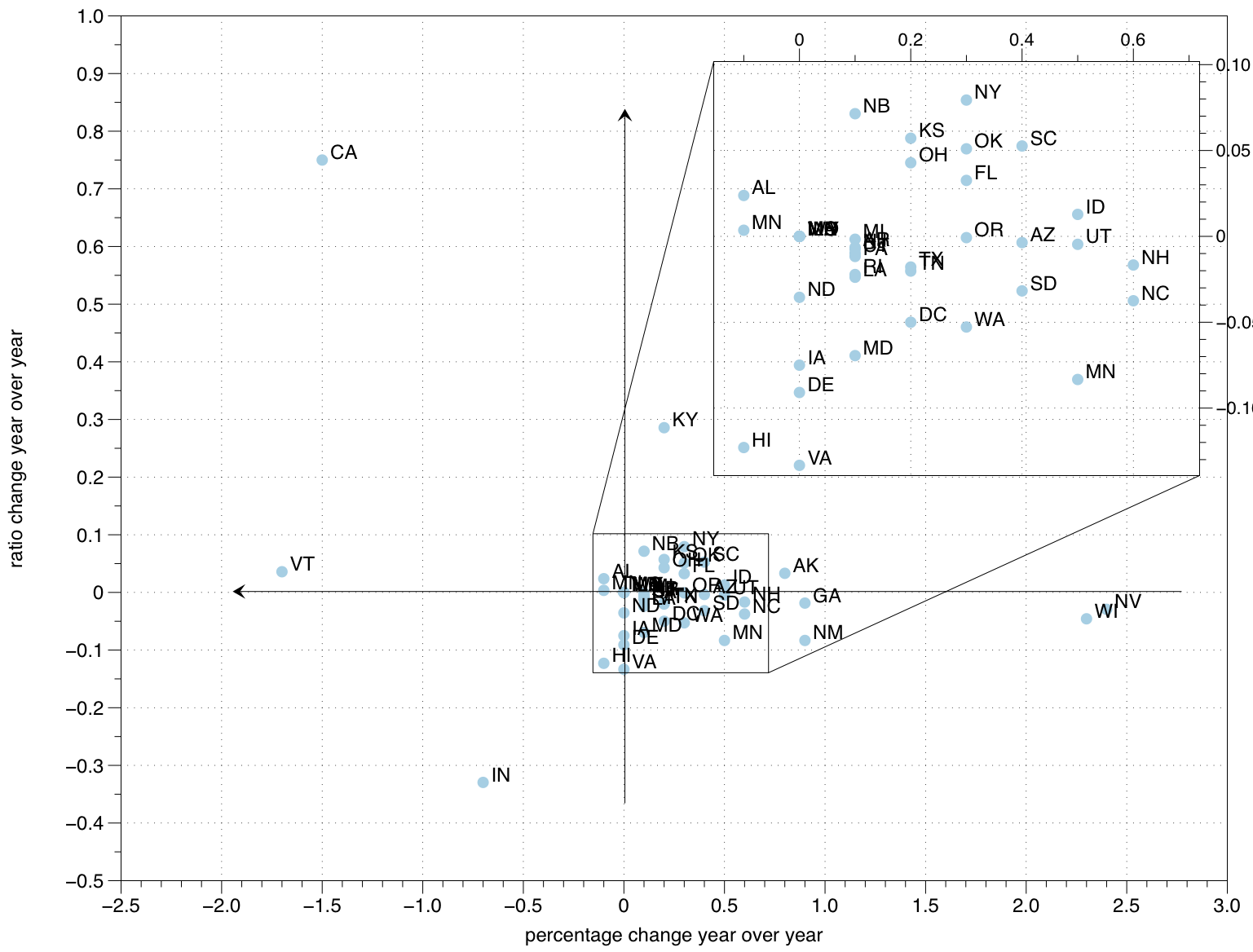
New season, new team for Tuesday night at Third Coast. Here is the shirt design, comments are welcome. You can order the Tanktop version There are also regular T-shirt versions.

dr.ricky online


New season, new team for Tuesday night at Third Coast. Here is the shirt design, comments are welcome. You can order the Tanktop version There are also regular T-shirt versions.

Most people obsessed with BCAAs don’t even know what an amino acid is.
FYI: BCAA = branched chain amino acid


The United States Centers for Disease Control (CDC) publishes a Morbidity and Mortality Weekly Report, and in it they track the vaccination rates in different states for children enrolled in kindergarten, and an interesting table is the report on the rate of exemptions from vaccinations, as well as the reason behind it. Granted, different states have varying laws with regards to vaccination requirements, and some allow separation of the exception reasons between medical, religious and other philosophical reasons, which makes getting consistent data problematic. But we do have good data for the 2015–2016 enrollment, and the 2016–2017 enrollment.
The reports themselves are straight tables, but data visualization helps in teasing out the meaning there.

This data is dense, but highlights some problematic states, like Oregon, which has an unusually high rate of vaccine exemptions, and most of them for non medical reasons. Let’s look at the trend from year to year.

Sadly, the antivaccinationist movement seems to be permeating the mindshare, just by manipulating doubt and exploiting parental concern. Non medical exemptions are a key to this degradation of our public health system.

I took this photo one morning in Mexico. It presents itself well as an all over print on a sublimated shirt. Check it out.

Dust off the ball before tossing it to someone. This simple act should be automatic. It avoids a great deal of distress.

Wilson, the sporting goods company, posted an ad on Instagram declaring
DURING A MATCH, VOLLEYBALL PLAYERS ON AVERAGE JUMP 300 TIMES.
The ad is accompanied by an illustration that depicts female beach volleyball players, which implies that this number applies to beach volleyball specifically. This number appears unusually high, so I inquired as to the source of the number.
https://instagram.com/p/BedVH6rAMp0/
Michelle Magsamen checked with the marketing department of Wilson, and provided three links that are the alleged source of this figure:
A beach ’baller jumps on average 300 times per game.
In this article, the author Jonno Turner reports an average of 300 jumps per game – not per match as reported by the advertisement.
Most volleyball players jump about 300 times a match.
In all likelihood, this last link is the main source of this number, and was continually misinterpreted by the other writers to fit their current narratives. I tracked 10-facts-about.com to a company in Sweden called NanOak Technologies, appears to be a “content farm” – they produce these sites and brands like 10-facts-about and Wisefacts – ostensibly pouring out random interesting “facts” to attract page views, and therefore sell advertising. There is no verifiable vetting of this information, but they are cherrypicked to most likely to appeal to confirmation bias.
In effect, this is fake news – unvetted information that is twisted just to profit from the misinformation. Though Wilson may have citations, those sources are ultimately unreliable at best.
Is there real data on the number of times beach volleyball athletes jump on average in a match? Much more peer reviewed data studies the indoor game, but there are some data on beach volleyball.
Granted, these are for elite volleyball players playing in high stakes tournaments, but it’s still nowhere near the 300 jumps per match average per player. In fact, only if you account for the jumping of all players on both teams in beach volleyball can you come close to this average number.
Based on this research, the average number of jumps per player per match in beach volleyball seems to be between 40–80.

The abundance of public beach volleyball courts in Southern California is a pleasant anomaly. Locals usually do not have to compete for the availability of a court, but in most other places, beach volleyball courts are relatively rare, and communities have to share them. Very often, a park may only have one court, and cliques and alliances are often formed to defend priority in access.
In civil interactions, though, the challenge court system is the most common traditional way for beach volleyball teams to share in the use of a court. When a pair of teams are playing against each other, waiting teams form a queue to challenge the winning team on the court. A winning team stays on the court, and a particular strong team can continuously play in theory. It’s also a source of great rancor when the list of teams waiting expands beyond around four waiting teams; the delays can be intolerably long for even the first attempt at using the court. For example, if six teams were sharing a court, the last team in line will have to wait for five entire games to be completed. Assuming an average 20 minutes per game, that is almost two hours.
In practice, however, is that the wait is usually much longer. In traditional challenge court systems, the court itself is unused for significant periods of time, sometimes because the challenging team hasn’t warmed up in preparation – but most often because of delays caused by the winning team. After a set, the winning team requires a period of time to hydrate, catch their breath, use the restroom…in the meantime, the court is unavailable to any of the sitting teams. These delays add up, specially if the winning team has continuously won several games in a row.
I propose a skip-challenge system. Let’s assume there are six teams, A-F sharing the court. In the first set, team A plays team B. Assuming team A wins, both teams immediately step off the court at the point of victory, to allow an already warmed up team C and team D to begin playing. Teams A and B can share pleasantries at this time, and hydrate as needed, and prepare for the match between teams A and E (B goes to the end of the line). Assuming team C wins, both teams get off the court right away for teams A and E, and the next game is between teams C and F. The challenge then iterates from that point on.
For large groups of teams, the skip challenge system may be a more equitable way of distributing a scarce resource, and keep volleyball communities healthy.

For the aficionados of the South of the Border Volleyball Vacations – a challenge to sobriety. Comes in various colors.
Also available
And